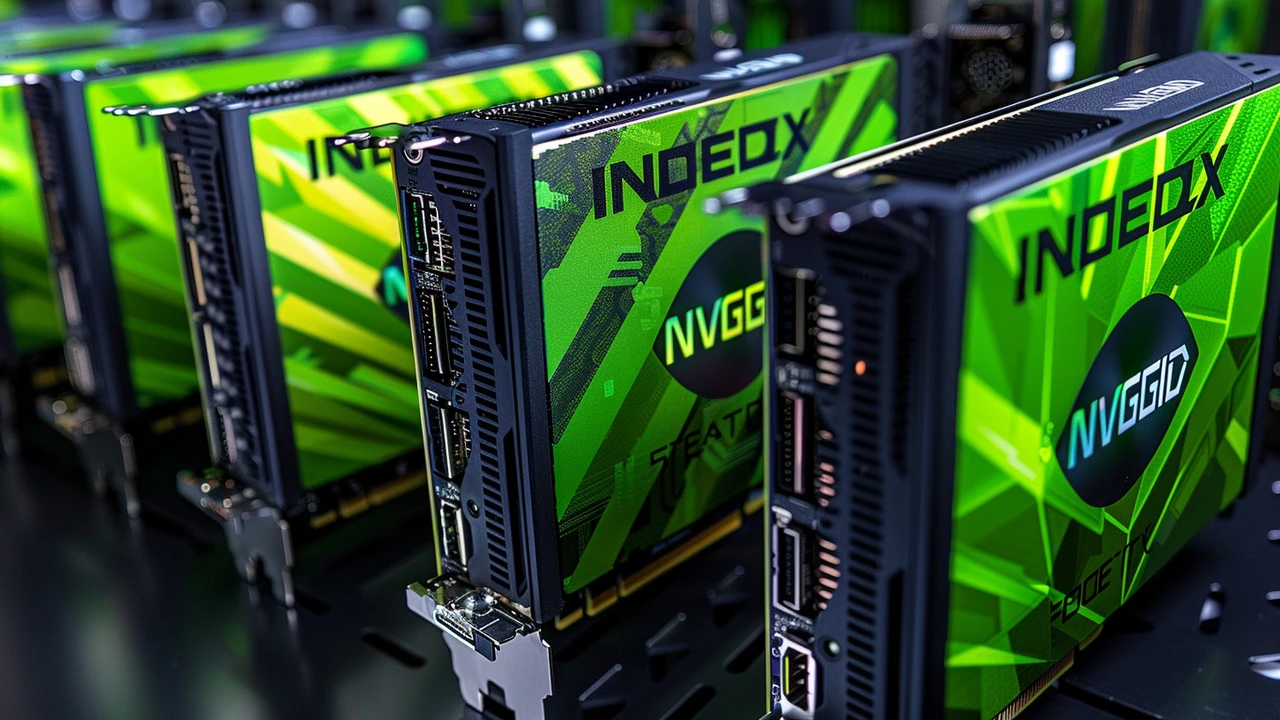AI chips: Powering smarter apps on phones, servers and the edge
AI chips are the special processors built to run machine learning tasks faster and more efficiently than regular CPUs. If you use voice assistants, face filters, fraud detection or recommendation feeds, an AI chip is often doing the heavy lifting. Knowing the basics helps you pick the right hardware for a startup, an app, or a city-scale project without wasting money or energy.
At a simple level, AI chips speed up math operations that models need most. That means faster responses, lower power draw, and the ability to run bigger models in real time. For businesses, that turns into better user experiences, lower cloud bills, and new services that weren’t possible before.
Common types and where they fit
There are a few types you’ll hear about a lot. GPUs (Graphics Processing Units) are still the go-to for training large models in data centers. TPUs (Tensor Processing Units) are Google’s solution tuned for TensorFlow workloads. NPUs or Neural Processing Units live inside phones and cameras to run on-device AI like photo enhancements. FPGAs and ASICs are customizable or fixed chips used for specific tasks—think high-frequency trading, telco equipment, or energy-efficient inference.
Which one to choose? If you’re training big models, go GPU or TPU in the cloud. If you need fast on-device features (phone apps, drones, IoT), NPUs or edge AI chips are best. For low-latency telecom or high-volume inference, FPGAs or ASICs can save power and cost long term.
Practical tips for buyers and builders
Start by matching compute to the use case. Don’t buy a data-center GPU for a mobile app. Benchmark with real workloads, not synthetic tests. Check power use: in Africa where power can be costly or unreliable, energy per inference matters. Look at supported frameworks—PyTorch, TensorFlow, ONNX—and available developer tools. A strong software ecosystem shortens development time a lot.
Consider edge-first designs when connectivity is poor. Running inference on-device keeps data local, reduces latency, and saves on cloud costs. For startups, use cloud GPU time first to validate models, then plan a move to edge chips or custom accelerators if demand grows. For government or enterprise projects, plan for maintenance, spare parts and local support—hardware that needs specialist repair can become a headache.
Finally, watch costs vs. value. Cheap chips may limit features and lifespan. High-end accelerators pay off only if you actually need the extra speed or efficiency. Think in total cost: purchase, power, cooling, software and staff training.
AI chips are transforming how services are delivered across Africa—from smarter agriculture sensors and medical image tools to city transit systems. Know the type, balance cost and power, and pick tools that match your real workload. Do that, and you’ll build faster, cheaper, and more reliable AI products that actually work where they’re needed most.

Nvidia Overtakes Microsoft as World's Most Valuable Company in AI Chip Demand Surge
Keabetswe Monyake Jun 19 13Nvidia has reached a milestone by becoming the world's most valuable company, surpassing Microsoft and Apple, thanks to the soaring demand for AI chips. The company's stock jumped 3.2%, resulting in a market cap of $3.326 trillion. A 10-for-1 stock split has also made shares more attractive to retail investors, propelling Nvidia's market value to new heights.
More Detail